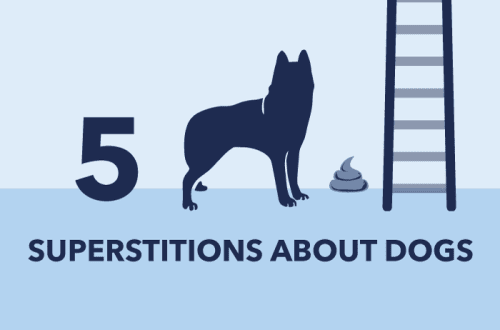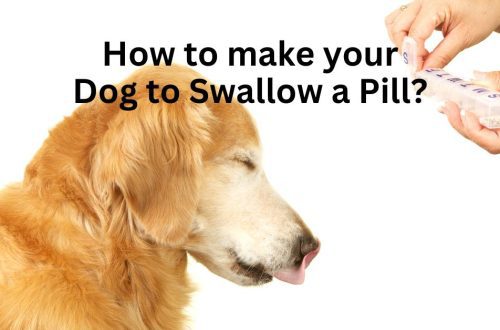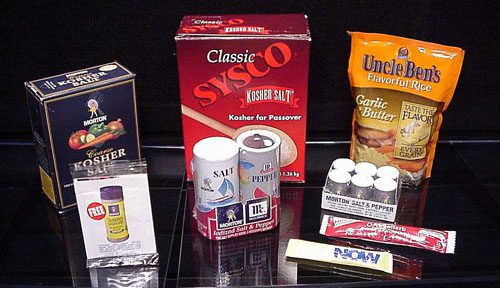
Adjusting a puppy to a new home
You brought a puppy home. Now he is a member of your family. However, at first it will be difficult and scary for him, because the baby was torn away from his mother, brothers and sisters, with whom it was so comfortable and fun. You need to help the puppy to quickly adapt. Tips for new moms and dads.
Puppy in a new house: why is he scared
— Moving to a new home – serious stress for the puppy. Make sure that in the first days of his life with you at home it was calm and quiet: you should not immediately call neighbors and friends to admire your pet. Give him time to get comfortable and get used to the world of new smells and things, to get to know you better. If you have children, do not allow them to grab and squeeze the puppy – this is additional stress for him.
– The first days at home are an important stage for both the owners and the puppy itself. Remember that while the baby is frightened by absolutely everything: he feels lonely and lost. Therefore, for the first two days, he can constantly whine and cry, calming down only in his arms. Take him in your arms, but do not hold him in your arms for a long time: this way he will never get used to independence.
– At night, the puppy will certainly come to you – for him, this is the only, in his opinion, worthy refuge from nightmares in a new place. Be smart: if you don’t plan on having an adult dog sleep with you, do not take a puppy to your bed, otherwise it will be impossible to wean it. Better put a fluffy towel next to the bed for him and touch the puppy every time he starts to whine. Very soon the baby will get used to a new place, to you, he will feel at home.
How to adapt a puppy to a new home
– If possible, try not to leave the puppy alone in the first days after the move. He is not yet accustomed to a new habitat, and your presence somehow calms.
– If you still need to leave the house for a few hours, make sure that the puppy is not so scared. Lock him up in the smallest room with constant access to food and water, and put a few of his toys in a prominent place. Do not leave a cordless telephone receiver in the room, or anything else that can suddenly make a loud sound.
– At the same time, if your normal rhythm of life does not allow you to spend a long time at home and you plan to leave a grown dog alone, you do not need to teach the puppy that there is always someone with him. Habits are actively developed between the ages of one and three months. When the time comes to disrupt the normal course of a puppy’s life under your constant supervision, problems will begin: whining at the door or constant barking.
There are several rules to follow:
1. It is necessary to accustom gradually: you can not leave a puppy at home alone at the age of one month for more than 4 hours, at two months old – for more than 5 hours, at three months old – for more than 6 hours.
2. If the puppy in the new house is left alone at night, the light must be turned on where he is.
3. In a place accessible to the puppy, there should be fresh water and food.
4. Be sure to give your puppy special toys during your absence.
5. It will be great if someone visits the baby: feed, play, clean up piles and puddles.
6. When you return home, be gentle and calm with your puppy in any case, even if you don’t really like the trashed apartment.
How to avoid clutter at home?
As soon as the puppy has settled into the new house and calmly stays at home alone, the next problem arises – the total mess that the puppy makes while exploring the new space. His curiosity and mobility are completely normal and indicate a good physical condition, however, the degree of destruction can be reduced by properly organizing the home space.
– There should be no wires in the puppy’s access – he will certainly want to gnaw them.
– The irrepressible interest of the puppy in the new house will also be caused by any of your shoes, which for a while must be hidden in closed cabinets.
– A stack of papers, neatly lying on a desk, by the time you arrive, will most likely be scattered all over the floor in an even layer and bitten in places. Avoiding this is easy – put all the papers in the drawers.
– Toilet paper will also seem like a great toy to a small home tyrant: to protect it from being torn to pieces, replace the usual toilet paper holder with an airtight one.
– You should also meticulously inspect all surfaces in the house: everything that is poorly fixed can be on the floor already in the first hour after you leave. It is better to remove everything valuable and important for a while from shelves and tables. You can return all decorative elements to their place when the puppy grows up a little.
walking
– Start walking your puppy only after he has received all the necessary vaccinations. Otherwise, the very first walk can turn into a picked up infection and a long healing process. In addition, they are taught to walk when the puppy’s adaptation in the new house is over, and he will get used to the owners.
– Walks are needed not only to fulfill physiological needs and improve health, but also to gain life experience, study the environment, develop the right response to various, including strong, external stimuli – strangers, animals, vehicles.
– The first outings should be done as carefully as possible. There are a lot of cars, people and other dogs on the street, so the puppy will be scared.
– Start with a 15-minute walk. Hold the puppy in your arms for the first 10 minutes, allowing him to get used to the noise and smells.
– Returning from a walk, briefly put the puppy on the ground, but do not allow it to sit on it if it is cold and wet.
– Wait until the puppy goes to the toilet, and be sure to praise him. So he will gradually understand that for the toilet you need to wait for a walk.
– Puppies older than three months should be walked daily, gradually increasing the time.
– It is better to do it on a leash and with a collar
– In quiet places away from the roads, you can let the baby go for a walk freely.
– If the puppy is afraid of something, bring him to the object to convince him that there is no danger, and give him a treat.
Gradual socialization
After the first two weeks of careful walks, you can go to the dog playground. There the puppy will meet his own kind – often large and very scary! Always be close to your pet, keep it on the leash, and at first, limit contact with large dogs.
Once the puppy has mastered the basic commands, allow him to run on his own, while remaining in your field of vision.





